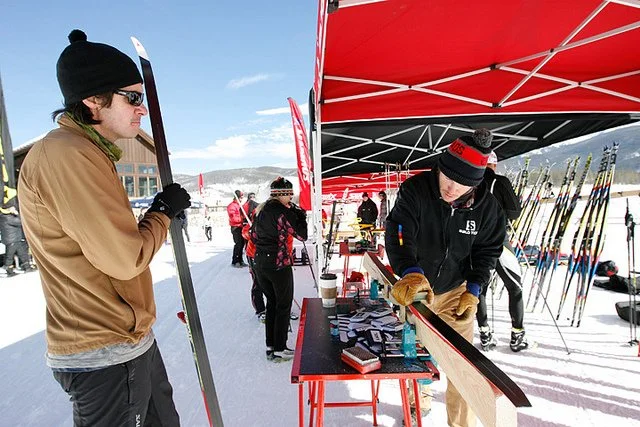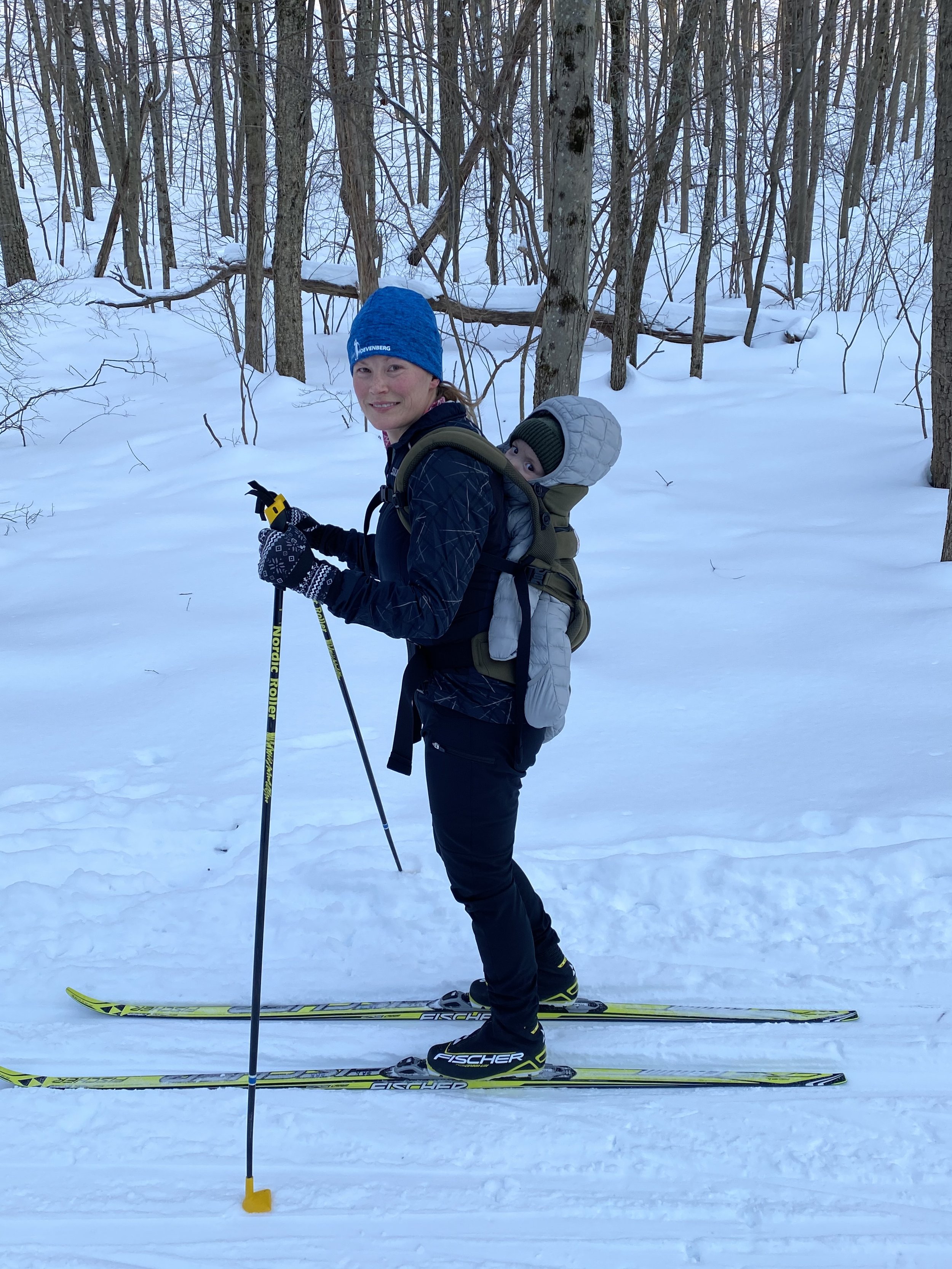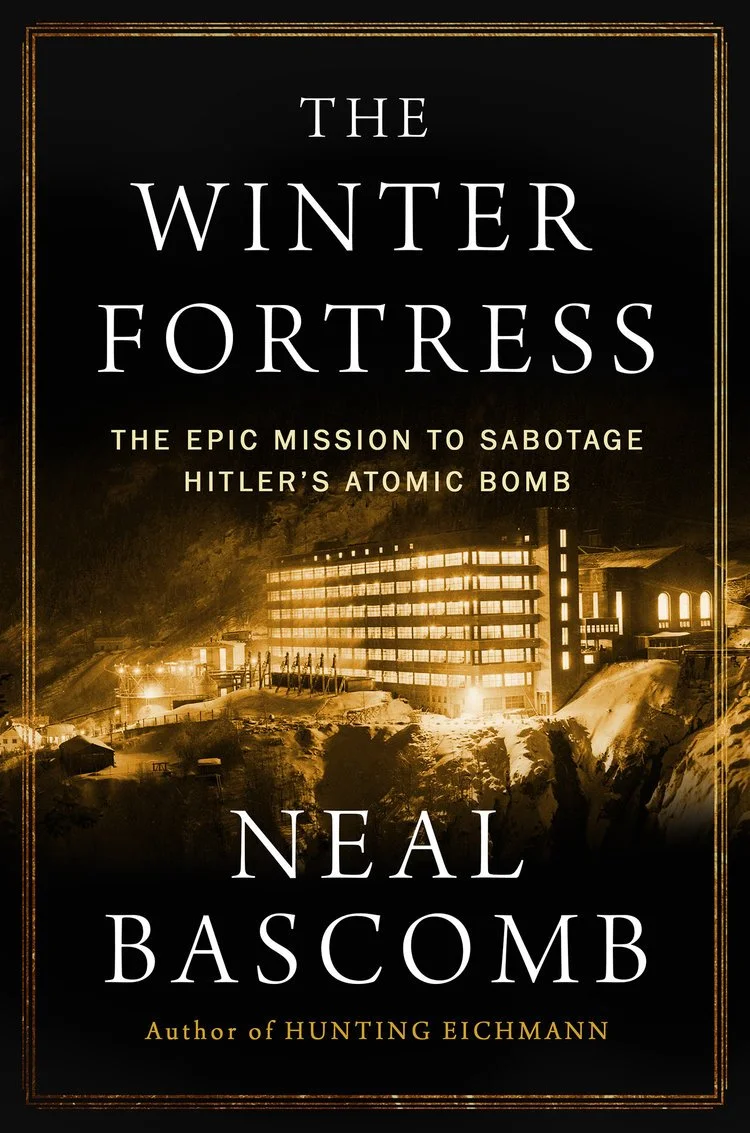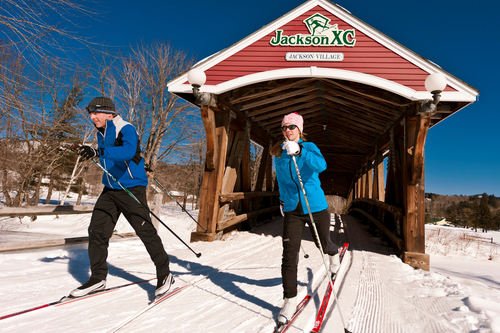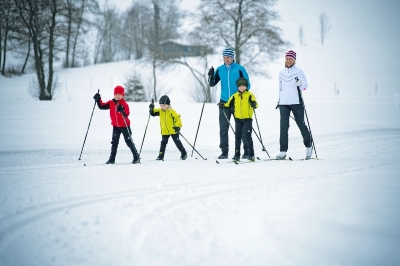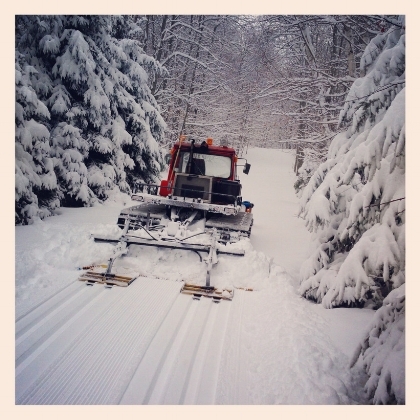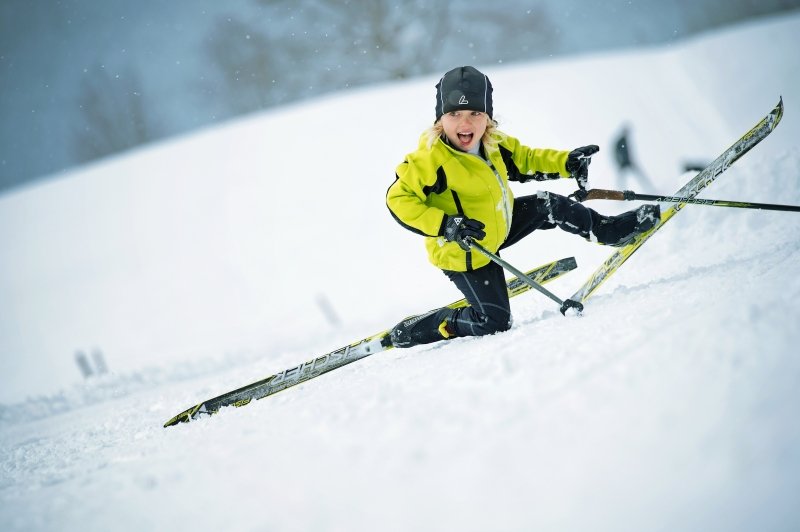Try before you buy - many XC ski areas conduct demo days to give skiers an opportunity to test drive the newest XC ski equipment. It's a day when product suppliers' branded tents and flags are flapping in the wind and company reps stand guard armed with knowledge of their wares.
You might participate in a demo because you have outdated gear (national statistics say that XC skis are 17 years old on average) and want to test new and different equipment to replace your old clunkers. Or you might just want to experience the advantages of the new gear. There are many reasonably priced skis but a pair of XC skis can be as high as $500 for premium models, so it makes great sense to try some different skis, ski categories, and brands to find something that best fits you.
Depending on how organized the demo is, you might need a credit card and/or identification for security but remember to also bring an open mind. The rep will ask you about your skiing ability and interests. If you're an intermediate skier who gets out on the trails four times a winter it is very different from a skier who hits the trails every weekend and can fly on skate skis. Give the rep an accurate description of your skiing prowess and interests so he or she can make a recommendation for you.
If you need a new set up and want to use a product demo to help make the decision about what to buy, do some homework before going to the demo. Talk with a knowledgeable ski shop employee who XC skis. Be wary of the alpine ski shop that limits its XC ski products to a dark or dusty back corner of the store. Find a reputable XC ski shop that sells multiple models among a few different brands of XC skis. Check out some company brand websites or other general XC ski-oriented websites.
When at the demo, get the right size skis for your weight and ski on them for about 15 minutes. Find some uphill and downhill trails to see how the skis perform. Do the skis hold going uphill or do you have to fight to prevent backsliding? Are some skis easier to turn than others? Does the glide seem to extend or do the skis slow down quickly? If you don't know what to look for while testing, ask the rep for some tips.
It is recommended to stay in the same category of skis when testing, so if you're trying a recreational waxless ski from one brand, test a similar ski and price point from a different brand before switching to a different kind of skis. Skis perform differently depending on flex, width, and construction - some skis glide better and some are more stable, turn easier, and are slower.
Of course, there are two different XC ski boot/bindings available and if you don't use the same system on the different skis that you're testing, you'll have to change boots to ski the other boot/binding system.
Rossignol rep Will Masson commented about the advantage of demoing with the NIS binding, "The NIS system allows you to move the binding on the ski to 7 different positions so you can fine tune your grip and glide position on the skis. The binding starts out at the balance point position and moves forward 1.5 cm and back 1.5 cm to customize your weight distribution on a particular ski. This can only be achieved when using the NIS system.
There is a graph that shows the benefits of moving the binding forward and back on the plate for skating and classic. A customer might be right between a 176 cm and a 186 cm ski on the recommended weight chart. That customer can be put on the longer ski to enhance the glide, and then the binding would be moved forward to maximize their grip on that longer ski. Advantages are like fine tuning a driver in golf, or a handlebar stem height on a bike, or strings in a tennis racquet. With other Nordic binding systems once you mount the binding you are stuck in that position!"
XC ski boots are a very important aspect of XC skiing comfort and it makes great sense to ski on some different brands. Do you want your boots to feel like a comfortable sneaker or do you desire the substantial support of a stiff sole? Is the toe box area of the boot creasing in a comfortable spot when you're skiing? Do your heels rise when you lift your foot? Is the boot too tight or too loose? Should you get custom insoles for your boots to make your feet feel more comfortable?
Have you tried XC ski poles recently? Ski poles have different grip straps that are easier to use and you may find that they are more comfortable and effective than traditional ski pole straps. Sunglasses are a great item to test. Do they fog up when you get sweaty? Do they feel so tight that you might get a headache? Are interchangeable lenses available for times of low light or bright sun?
Dedicate part of your ski day to the demo and try more than a few skis, poles, and boots. It should be fun and then you can make informed decisions when you purchase your next set of XC ski equipment and you'll feel great that you bought the perfect gear. To find a demo day contact a XC ski area or Nordic ski retailer near you to see when they will conduct their next demo day. SIA Photo of SIA Nordic Demo at Devil's Thumb Ranch Resort & Spa


